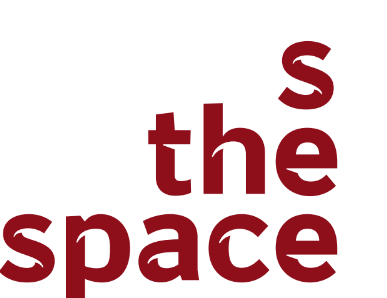
Hot deal
The visit of Long Hau IZ
See The Space
18/08/2024 17:58:23
LEED-certified green building
BlogWhat is a LEED-certified green building?
LEED (Leadership in Energy and Environmental Design) is the world's most widely used green building rating system. LEED certification provides a framework for healthy, highly efficient, and cost-saving green buildings, which offer environmental, social and governance benefits. LEED certification is a globally recognized symbol of sustainability achievement, and it is backed by an entire industry of committed organizations and individuals paving the way for market transformation.It marks a transformative milestone in the built environment’s alignment with a low-carbon future and addresses critical imperatives such as equity, health, ecosystems and resilience.
How LEED works
To achieve LEED certification, a project earns points by adhering to prerequisites and credits that address carbon, energy, water, waste, transportation, materials, health and indoor environmental quality. Projects go through a verification and review process by GBCI and are awarded points that correspond to a level of LEED certification:
Better for business, people and the environment.
Better for business and the bottom line
LEED buildings have a higher resale value and lower operational costs than non-LEED buildings. LEED is an essential strategy for achieving ESG, decarbonization and equity goals. LEED-certified buildings are a solid asset for investors, occupiers, and communities. They've proven to be top-performing commercial real estate investments.
Better for people
LEED-certified buildings focus on occupant well-being, offering a healthier and more satisfying indoor space while addressing community and public health. The rating system focuses on strategies like banning smoking and reducing toxic exposure from materials to improve air quality. Active design and supporting the production of local, sustainable foods promote physical activity and healthy eating.
Better for the environment
LEED buildings use less energy and water, utilize renewable energy and fewer resources, create less waste, and preserve land and habitat. LEED certification is a global solution for cities, communities and neighborhoods. Through sustainable design, construction and operations, LEED can help new and existing buildings to reduce carbon emissions, energy and waste, conserve water, prioritize safer materials, and lower our exposure to toxins.
Highlighted LEED Certificated Buildings
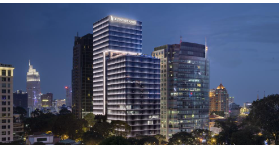


LEED system goals
LEED-certified buildings are critical to addressing climate change and meeting ESG goals, enhancing resilience, and supporting more equitable communities. LEED is a holistic system that doesn’t simply focus on one building element, such as energy, water or health. Instead, it looks at the big picture, factoring in all critical elements that work together to create the best building possible.
The goal of LEED is to create better buildings that:
- Reduce contribution to global climate change
- Enhance individual human health
- Protect and restore water resources
- Protect and enhance biodiversity and ecosystem services
- Promote sustainable and regenerative material cycles
- Enhance community quality of life
Of all LEED credits, 35% relate to climate change, 20% directly impact human health, 15% impact water resources, 10% affect biodiversity, 10% relate to the green economy, and 5% impact community and natural resources. In LEED v4.1, most LEED credits are related to operational and embodied carbon.
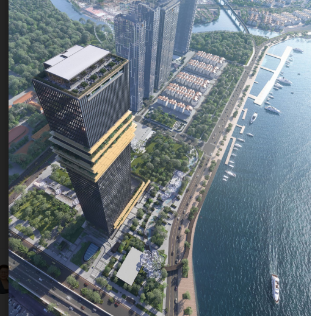
Marina Central Tower - your gateway to success
01/12/2024 08:04:55
_-20-11-2024-20-24-14.jpeg)
What we do when the market slow-down?
20/11/2024 20:21:37
_-18-11-2024-23-21-41.jpeg)
In 2025, what animal sign is represented?
18/11/2024 22:53:09
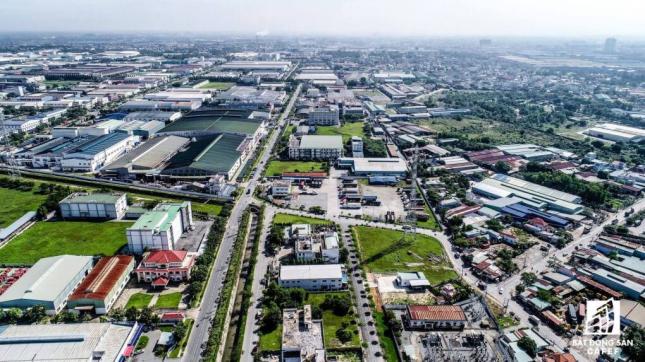
Top 8 Industrial Parks in Binh Duong
04/11/2024 06:55:50
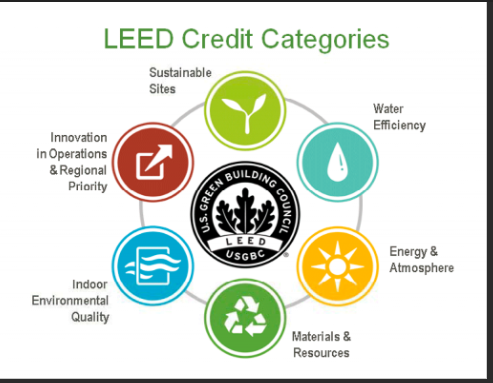
LEED-certified green building
18/08/2024 17:58:23
Please leave your contact, See The Space will contact you immediatly


